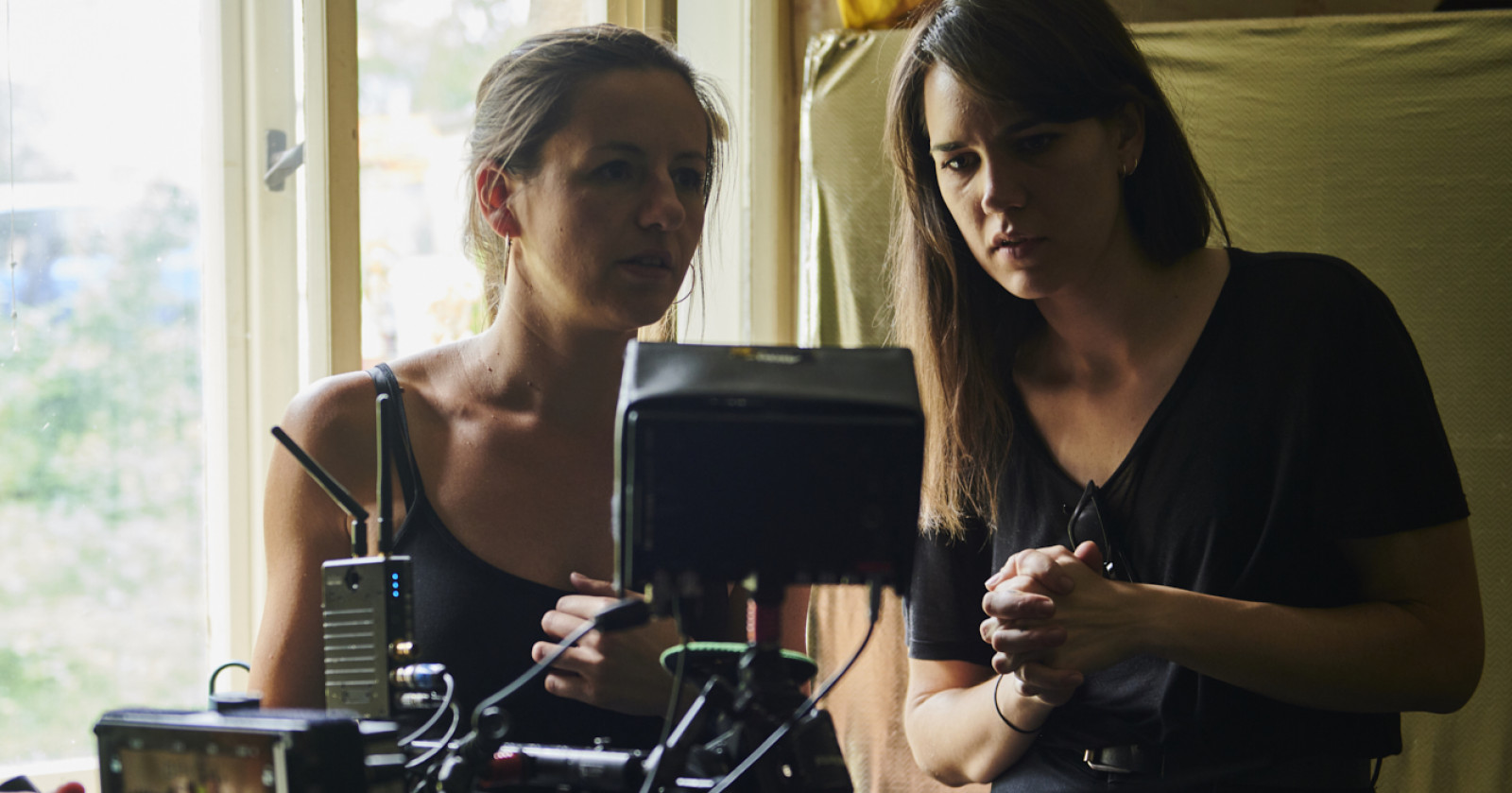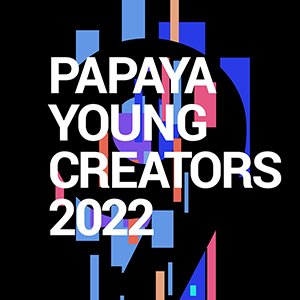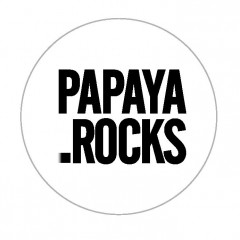We asked Terezia Halamova—one of the finalists of Papaya Young Directors international contest—about memories of the 80s, Czechoslovak film traditions and works of Yorgos Lanthimos.
Papaya Young Directors is the only competition for young film directors in Europe that facilitates direct access to the professional world of filmmaking. Up until now, there have been six editions of the competition, with 96 films made for 45 sponsors. HERE you'll find the information about the competition.
Premiere screening and the award gala of the 7th Papaya Young Directors edition will take place on September 5 in Warsaw and will be streamed online as well as broadcasted live in several venues around Poland. More info HERE.
And HERE you can find a Polish version of this article.
Nostalgia plays a huge role in your music video for Smolik & Kev Fox. What does the term mean to you?
To me, nostalgia means homecoming. It’s a sentimental longing for a certain place or a period of time and I personally feel it the most when I visit my hometown. It occurs to me the most when I hear our small town radio station and they play the same song I used to listen to a lot in my teens, or when I sleep in my mom’s bed again and the smell of the sheets has this unique density. The dull situations and details always trigger this overwhelming feeling, which is not necessarily uncomfortable, on the contrary, it’s very intoxicating.
One of the reasons, why we decided to use slow motion for example, is because we tried to slow down the duration of each and individual situation, so we would then be able to take a better look at the tiny details that resonate with that certain era and still bring up the feeling today.
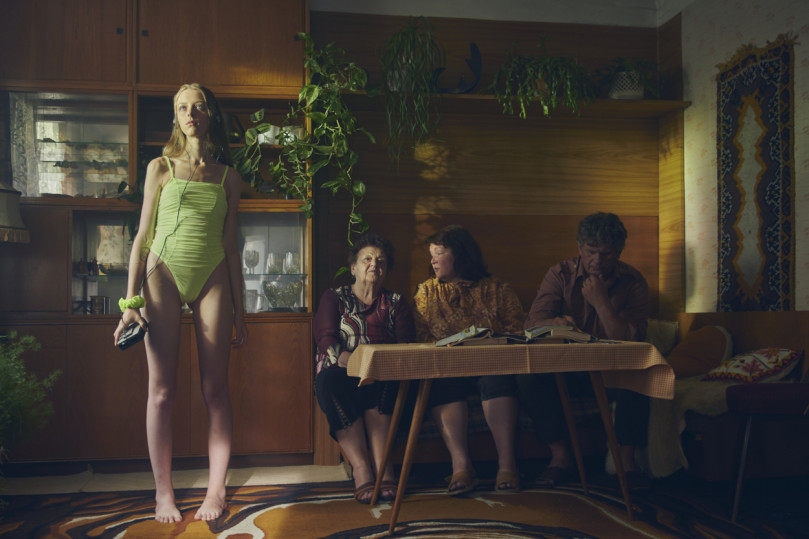
You created the world that brings up the memories of the 80s but also is very inspired by Eastern-Europe esthetics. How did you manage to reflect the world that you, as a young filmmaker, barely experienced?
Our crew consisted of many talented people of different ages and every time we discussed the set design and costumes, we were all on the same page at all times and I think that’s what’s very typical for growing up in an Eastern European environment – it’s never just pieces of one era that surrounds you, it’s always a mixture of the most typical designs of previous decades. Even the location we shot the music video at – it was an original house that was still occupied by an older lady until recently and it had this beautiful wallpaper from the 30’s, then some funky furniture from the 70’s and the 80’s, and some 90’s electronics. That’s exactly what my and a lot of my friends‘grandmas‘houses are like – they represent a cross-section of someone’s life time. So yes, I may have not lived in the 80’s and was not really able to experience the real era, but I know all the best stuff from that time, because it was still preserved by my family during my upbringing. It’s also important to point out, that our main goal was not to capture the perfect essence of the 80’s, but the feeling of nostalgia and the best way possible to do that for me was to emerge the main character in this family life museum.
Let’s say Stranger Things did a lot for 80s nostalgia in the current pop culture. Do you have any other less mainstream inspirations in reference to creating such world?
As I already mentioned, our main inspiration was our own childhood and our grandparents‘ houses and flats. The first step was to go through our memories and talk about all the horrible outfits we used to wear and stuff we played with, films we used to watch. The other good way for me to communicate the vision with the rest of the creative team was going through different works of photography by some of my favorite photographers together. If I could name a few – Boris Mikhailov, Sergey Chilikov, Jim Goldberg or Martin Parr’s photos for Magnum, or dearest Michelle Sank and her Lovely Young series.
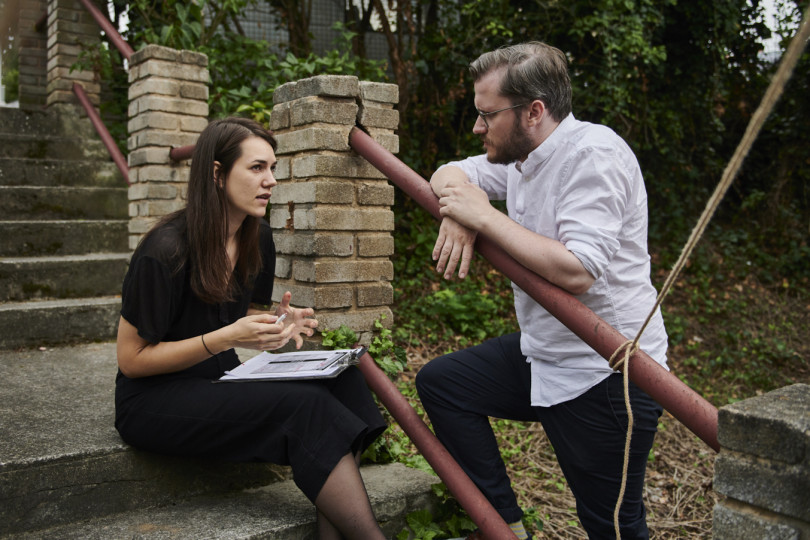
When you were pitching your idea in front of the PYD jury, you mentioned Yorgos Lanthimos as your main influence. What do you admire about his works the most?
Our main inspiration while creating this music video was a photography series by Yorgos Lanthimos, which he made for a fashion magazine. It consisted of photos of a young model in British suburban households, surrounded by a traditional looking family, always wearing different kind of swimsuit from a mentioned collection. What I love about this series the most is what I appreciate about his work as well, and that’s his ability to capture people in a very unique way, which endlessly balances on the edge of funny and weird. I love that he’s able to instantly challenge the viewer to doubt, whether the work, they’re looking at feels a bit off, or it is just them. He creates completely original universes and they always work and he always makes me care, because he somehow manages to contain the humanity within the instant awkwardness which is never cringy. I deeply admire that and many other things about his filmmaking skills.
What kind of a filmmaker are you? How would you describe yourself?
Still learning everything about everything.
You’re a student of Prague FAMU – the film school with worldwide recognition. How important is education and Czech, Slovak and Czechoslovak film traditions in your path as a young director?
I do think it’s important to know some film history, because the time truly is the ultimate judge of film and the ones that preserve can usually still make you feel something today as well. And the more we can learn about the reasons and causes of qualities and procedures of these works of art, the better for the future of the film. What I wish I could be more a part of though at (any) film school is a conversation and learning about contemporary author film, which is just as important. I think we can very easily get stuck in glorification of tradition and overlook today’s challenging and beautiful films that are trying to shift cinematography further away from literature and theatre and make it an even stronger and more unique medium itself. So for me personally, I appreciate and love Czechoslovak new wave, but I think those films could’ve never been done today and what I can take from them is this pure effort to capture the truth, in my own way though, which I’m still looking for.
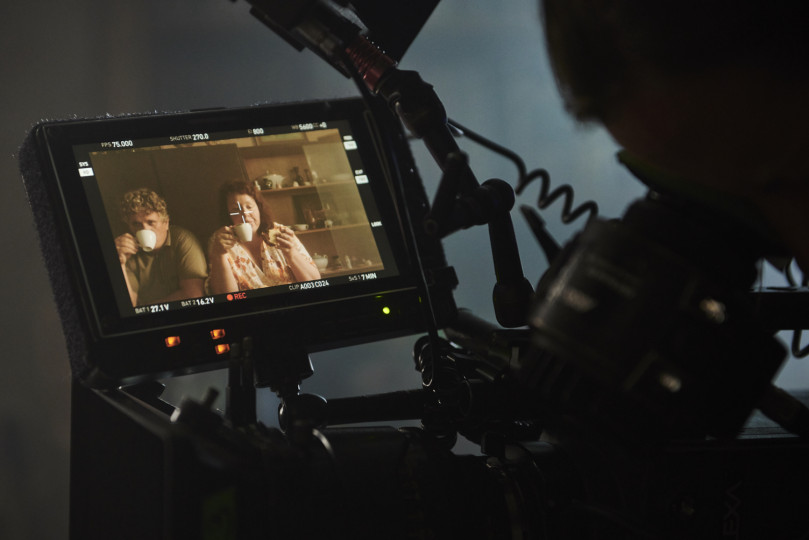

see also
- See Wes Anderson’s "Grand Budapest Hotel" Storyboards

News
See Wes Anderson’s "Grand Budapest Hotel" Storyboards
- Musical Education Pays Off—Research Shows Instrument-Playing Students Perform Better at School
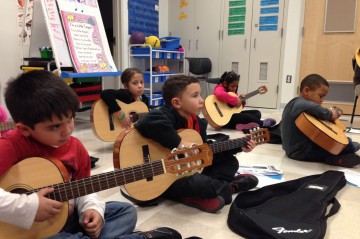
News
Musical Education Pays Off—Research Shows Instrument-Playing Students Perform Better at School
- Rachel Haurwitz: A pair of genetic scissors – will CRISPR change our life?

Trends
Rachel Haurwitz: A pair of genetic scissors – will CRISPR change our life?
- To See More: Papaya Films Delivers First Service Production for German Brand Buhl Papaya Films
News
To See More: Papaya Films Delivers First Service Production for German Brand Buhl
discover playlists
-
Papaya Young Directors 5 Awarded films
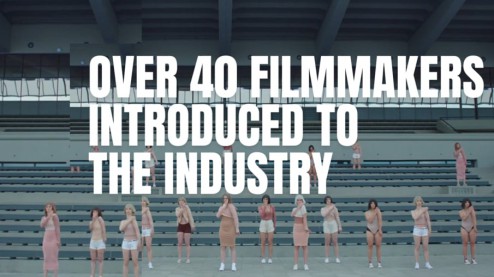 09
09Papaya Young Directors 5 Awarded films
-
filmy
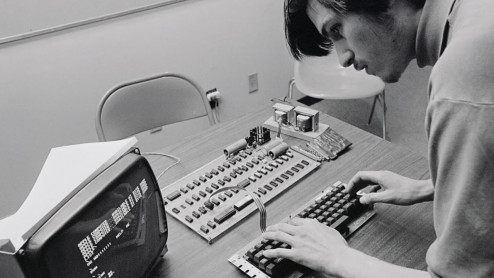 01
01filmy
-
PZU
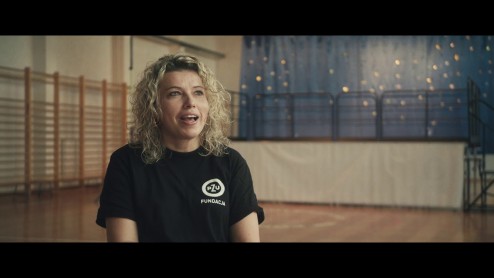 04
04PZU
-
Domowe koncerty Global Citizen One World: Together at Home
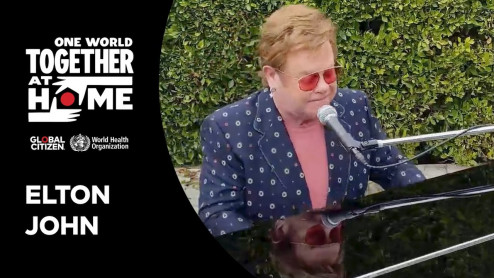 13
13Domowe koncerty Global Citizen One World: Together at Home
